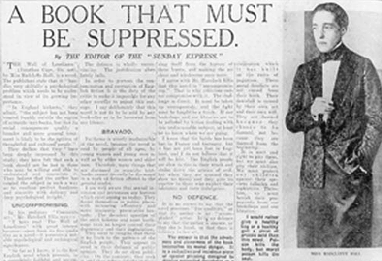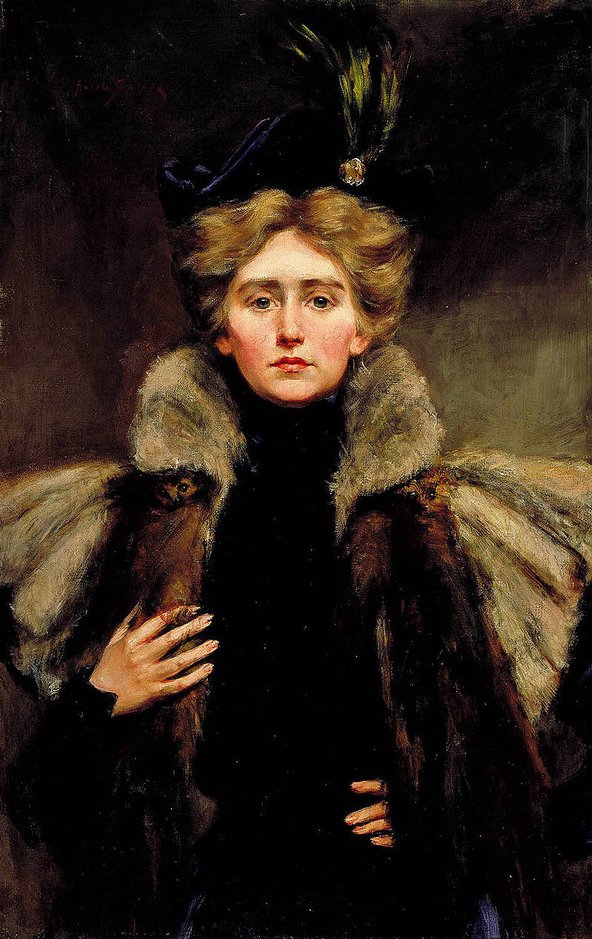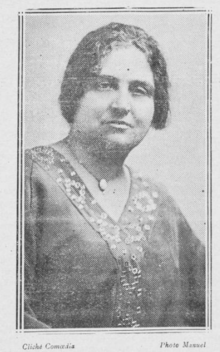Expressions of queer women’s sexuality in 19th- and 20th-century European literature
by Dr Charlotte Ross and Dr Silvia Antosa
8 Jan 2021
During the 19th century, there were some significant shifts in both medical discourses and broader socio-cultural attitudes towards sexuality. Sexology, the study and classification of sexual behaviours, emerged in the latter part of the century, along with the new science of psychiatry. The perspectives adopted by key figures in these areas (such as the German forensic scientist Johann Ludwig Casper, the Austro-German psychiatrist Richard von Krafft-Ebing and the Italian criminologist Cesare Lombroso) proposed a series of highly problematic taxonomies that stigmatised numerous practices and desires and resulted in the incarceration and physical mistreatment of many individuals perceived as ‘deviant’.
Thanks to the significant increase of discourses and publications on the topic, sexuality came to be seen, in the words of physician Havelock Ellis, as 'the central problem of life'. Historians speak of sexuality being ‘invented’ in this period. Certainly, as the philosopher Michel Foucault has argued, it was the period in which the notion of the ‘homosexual’ was forged as almost a distinct ’species’, who could be set apart from ‘normal’ people.
The lasting impact of the late 19th and early 20th centuries on contemporary understandings and attitudes towards sexuality is as clear as it is problematic, evidenced in the lingering stigma attached to queer individuals and communities such as lesbians, gay men, bisexuals, transsexuals and those who identify as non-binary. Moreover, these people may be subject to myriad forms of discrimination and violence, often rooted in views that gained currency during the late 19th century.
Analysing expressions of queer women’s sexuality in the 19th- and 20th-century Europe
Many scholars continue to debate the most effective and insightful ways of approaching the large and variegated archive of texts pertaining to sexuality dating from this time: written publications, images and private documents. Our research is part of a growing body of work on the role played by cultural texts in disseminating, expanding, complicating, reinforcing and challenging dominant, normative ideas of sexuality.
As researchers such as Anna Katharina Schaffner and Heiki Bauer have begun to explore, the relationship between literature and sexological writings in the late 19th and early 20th centuries was complicated. The two disciplinary fields sometimes overlapped and there are many instances of reciprocal influence between them: we might think of Cesare Lombroso citing novels by the French novelist Émile Zola as though they were empirical studies, or Radclyffe Halls’s novel The Well of Loneliness (1928), which engages closely with medical definitions of the so-called sexual pathologies.

Thus, the boundaries between ‘scientific’ evidence and subjective, culturally inflected narratives, were extremely variable. Our project seeks to further knowledge and understanding of the role of cultural representation – specifically literary texts – in the circulation of ideas about queer and queerly desiring women; that is to say, individuals identified with the category of ‘woman’, whose desires exceeded the normative model of reproductive heterosexual sex within marriage.
Literary readerships were growing across Europe in this period. For many women, writing and reading literature was a vital way of vicariously experiencing the world and articulating their perspectives. Literature was also used as a vehicle for normative, disciplinary messages about ‘appropriate’ and ‘acceptable’ forms of desire and behaviour for women. Our focus is on the late 19th and early 20th centuries, since during this period there was a significant increase in both medical and literary publications engaging with evolving ideas about women’s sexuality.

Some excellent academic and biographical studies have been made of the works and lives of better known authors and literary figures, including the British author Radclyffe Hall and the American poet Natalie Clifford Barney who established a thriving salon in Paris attended by key lesbian authors such as Colette, Renée Vivien and Gertrude Stein. However, very little work has been done to trace and analyse the movement of ideas about, and expressions of, queer women’s sexuality across cultural, national and linguistic boundaries.
We believe that representations of women who desired women in late 19th century and early 20th century Europe were transcultural: they were forged, disseminated and reiterated across just such boundaries. Our expertise lies in British, French and Italian literary contexts, so our key focus is there. However, we are also looking at texts published in other countries that circulated widely at the time.
Cross-cultural queer imaginary
In the current stage of the research, we are following multiple threads across different European literary spaces, looking at how and where similar ideas about women’s sexuality are narrated, or noting culturally inflected variations in relation to vocabularies of sexuality: what myths, ideals, desires, experiences and so-called ‘pathologies’ are articulated? How do these relate to local / national / linguistic norms of women’s sexuality? How do sexological discourses resonate in these literary texts?
We are also following novels in translation, examining translated texts for linguistic interventions and considering their critical reception. Moreover, the notion of the cross-cultural queer imaginary is proving key to our research. Many texts project characters or desires into a queer ‘elsewhere’, in which it is believed to be possible, or easier, to experience taboo practices. For example, Paris is mythicised as a hotbed of scandalous intrigue by Italian novelists who wrote (rather damningly) about queer women, such as the almost unknown writer Ciro Alvi or Guido da Verona.
We argue that this often functioned as a homophobic way to associate queerness, or perceived deviancy, with a foreign territory and culture, implying, in this case, that the Italian peninsula was ‘free’ of such behaviours and individuals. More positively, foreign visitors to Europe are sometimes framed as symbols of alternative, more permissive contexts: in a novel by Nada Peretti, L’eredità di Saffo (1908), queer Americans in Rome are portrayed as confirmation that a different, less heteronormative world is possible.

Sometimes, the key to discovering this other world lies in educational establishments. In the texts on which we are focusing, narratives of homoeroticism and queerness between girls and women in schools and at universities make frequent appearances. In the works of canonical male authors, such as Zola, these narratives abound with warnings about the dangers of girls’ schools as a breeding ground for ‘deviant’ passions. In the works of women authors, such as Charlotte Brönte, Matilde Serao, Rosamond Lehmann, Marise Ferro and Jeanne Galzy, the picture is more nuanced and complicated.
Cross-cultural analyses of these texts highlight recurring patterns of experience, from feelings of alienation due to the internalised stigma of same-sex desire, to the euphoria and empowerment of a clandestine queer liaison.
We are still at a relatively early stage of the project, but already it is shedding light on fascinating commonalities between the texts, as well as on the shifting functions played by queer literary ‘elsewheres’. We are exploring works by men and women, better- and lesser-known authors, and striving to open up further conversations on literature as a vehicle for more or less progressive ideas about sexuality and on the circulation of transcultural literary discourses about desire between women.
Dr Charlotte Ross is Reader in Gender, Sexuality and Cultural Studies at University of Birmingham, UK. Dr Silvia Antosa is Associate Professor in English Literature at University of Enna ‘Kore’, Italy. Their research project ‘Cultural Discourses on Desire between Women: A Queer Comparative Analysis' was supported by a BA/Leverhulme Small Research Grant in 2018.